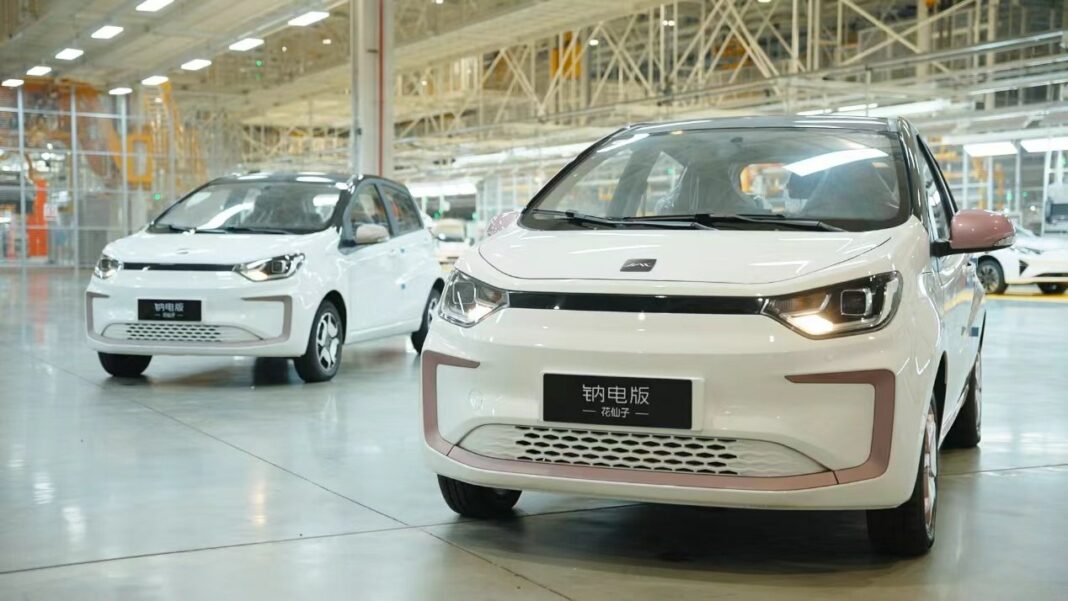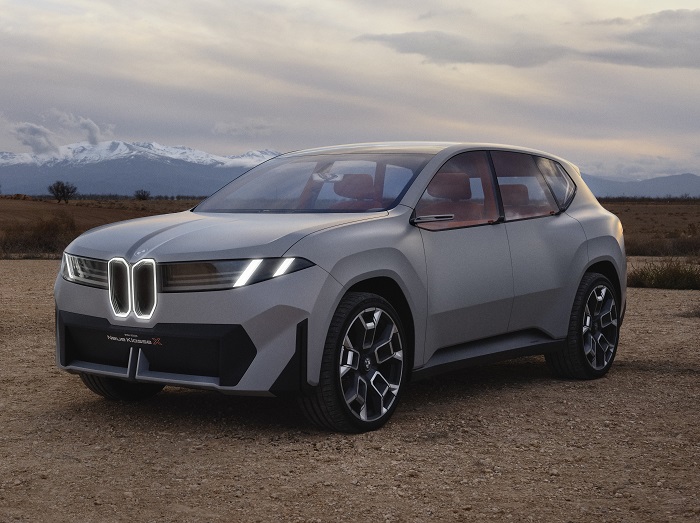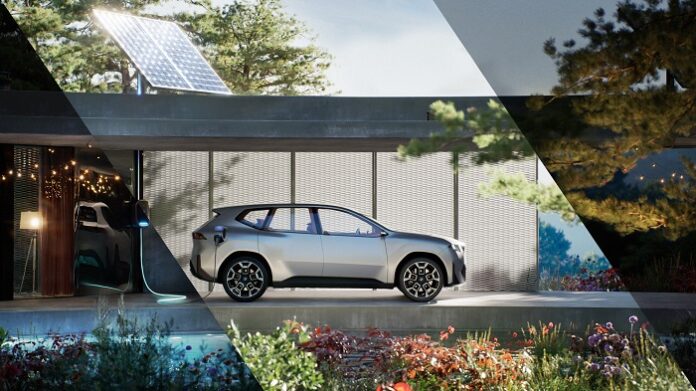Modern technologies move industrial products to a higher technical level, and the automotive industry is no different.
The mobility of the future, namely electromobility, has become the most bespoke topic of these days. With its development and replacement of conventional means of transport with internal combustion engines, many issues still need to be resolved responsibly. Many opinions are heard in the discussions, which is good because only in a healthy confrontation can this industry move forward.

Battery Development
In electromobility development, suitable battery packs, the range length, and the price of electric cars are in the foreground. Currently, the cost of batteries, in an electric car, accounts for about 40% of its total value. This is a reason to look for other, more affordable, and cheaper technological alternatives to lithium-ion energy sources because lithium and cobalt are expensive raw materials. Currently, the world’s laboratories are working on improving the technology of sodium-ion (Na-Ion) rechargeable batteries, which would offer satisfactory technical parameters. The largest battery manufacturer, the Chinese CATL, recalls that sodium-ion batteries work on a similar principle as lithium-ion batteries and can be produced on current production lines. What are their pluses and minuses? Firstly, they are cheaper by the announced 40%, more resistant to low temperatures, non-flammable, and have enough sodium. Secondly, their disadvantage is the lower energy density. In contrast, compared to lithium-ion batteries (LFP) with a density of up to 270 Wh/kg, they reach only 120-140 Wh/kg. Thus, a lot of work still needs to be done. Experts estimate that their energy density could increase to about 200 Wh/kg by 2026.

Technological Future
The Bavarian BMW brand has an exciting view on developing electric vehicle functionality. Electric cars are expected to play the energy storage role in the announced Neue Klasse segment. The BMW Neue Klasse models (BMW Vision Neue Klasse sedan and BMW Vision Neue Klasse X SAV) are coming to the market in 2025. They can store electricity and work as an electrical outlet. Thus, it is a bidirectional charging option; the high-voltage battery will be used to store energy, and later, it will be able to return the stored electricity to the vehicle owner’s network or the general electricity network.

Support for the sustainability of the production and use of renewable energy will be reflected in the Vehicle to Home (when photovoltaic energy is obtained and the battery is charged, the energy is temporarily stored in the battery and then used to power household appliances, thus reducing the customer’s energy costs), Vehicle to Grid (the vehicle battery can make part of the energy available for the external environment, and this function will be available as part of the adoption of the necessary regulatory measures) and Vehicle to Load (the car will serve as a power bank, i.e. for charging an e-bike or an appliance while camping).

The philosophy of bidirectional charging could significantly contribute to the share of renewable energy consumption, better coordination of supply and demand for green energy, reduction of CO2 emissions in mobility, and overall energy production.
Text: Peter Stano, photos: BMW, JAC













